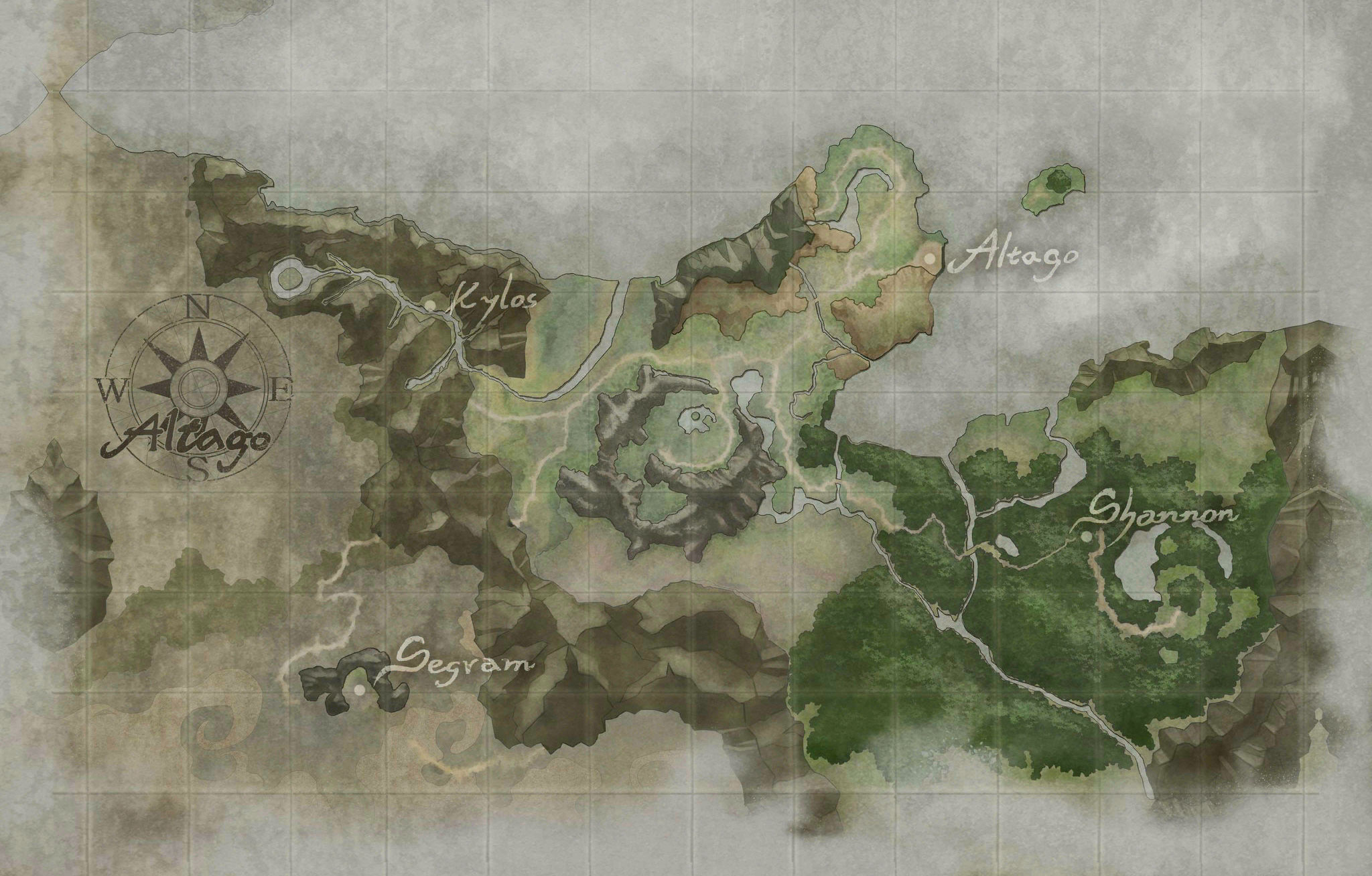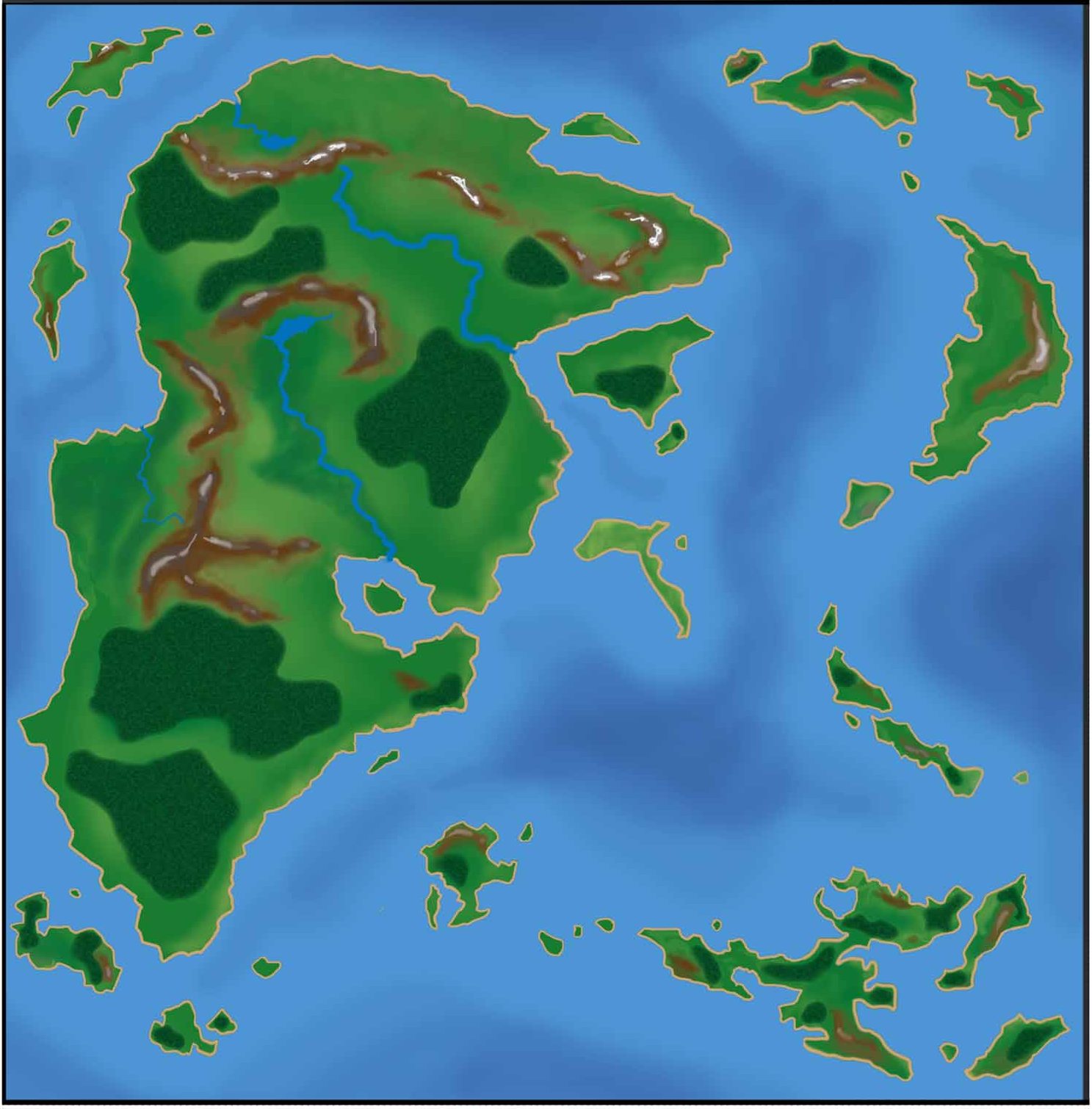
During the eruption, the mountain ejected volcanic gases, ashes, and stones as high as 21 miles, while spewing pulverized pumice and molten rocks at the rate of 7.8x105 cubic yards per second. The eruption that the mountain is most infamous for is the 79 CE eruption that resulted in the annihilation of Herculaneum and Pompeii, two cities of the Roman Empire. The mountain is not notably high, as its elevation to the summit is only 4,203 feet, but it is among the most violent active volcanoes on earth. Mount Vesuvius is situated in Italy’s Campania region. Mount Vesuvius - One of the World's Most Active Volcanoes The last eruption recorded on the mountain was in 1972, and it is considered to have been active since 1.3 million years ago.ĩ. Among the most violent of Mount Erebus’ volcanic eruption was one that is estimated to have occurred at least 7,000 years ago and is believed to have resulted in the formation of the mountain’s caldera. The mountain is one of the world’s phonolite volcanoes (due to the large amounts of phonolites contained in its lava) and is the earth’s only active phonolite volcano. Volcanic activity has been recorded on the mountain for the past four decades.

It is also the Antarctica’s second highest mountain rising to 12,448 feet above sea level. Mount Erebus is situated in Antarctica’s Ross Island, making it the southernmost active volcano on earth. Mount Erebus - the World's Most Southern Active Volcano The threats from a volcanic eruption can also have global ramifications, as the ash from a violent eruption can plunge the world into a volcanic winter. A major eruption has the potential of destroying cities that are near the volcano, with the 79 CE eruption of Mount Vesuvius being an example. Active volcanoes are some of nature’s most dangerous threats to humanity. However, there are some active volcanoes in which volcanic activity has been continuous for decades.

Many of the earth’s active volcanoes experience at least one major eruption after a couple of centuries. The widely-accepted definition of the term refers to those volcanoes that have experienced eruptions in the Holocene era. The term “active volcanoes” is not exclusive to the volcanoes with perpetual volcanic eruptions.


 0 kommentar(er)
0 kommentar(er)
